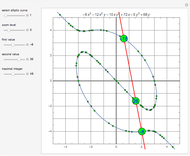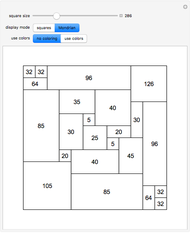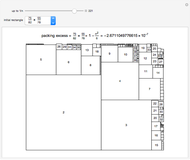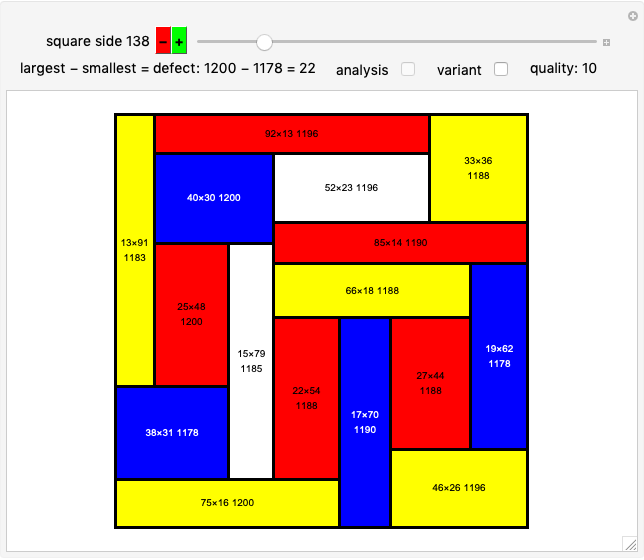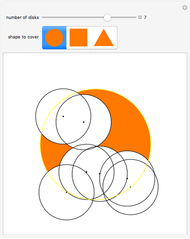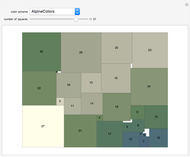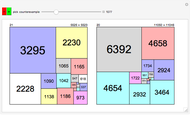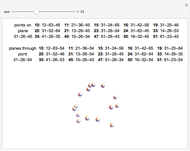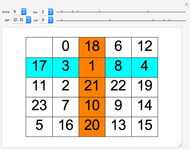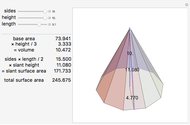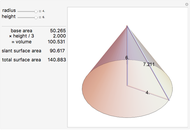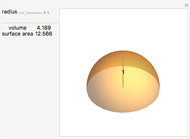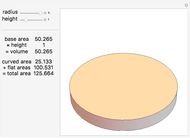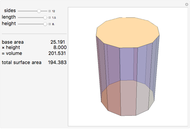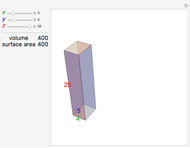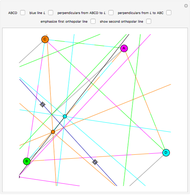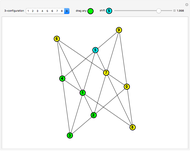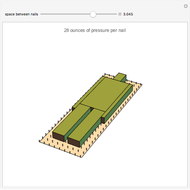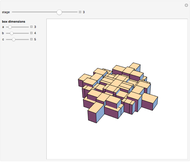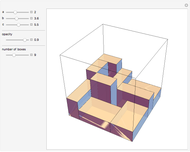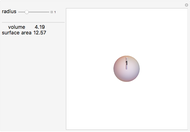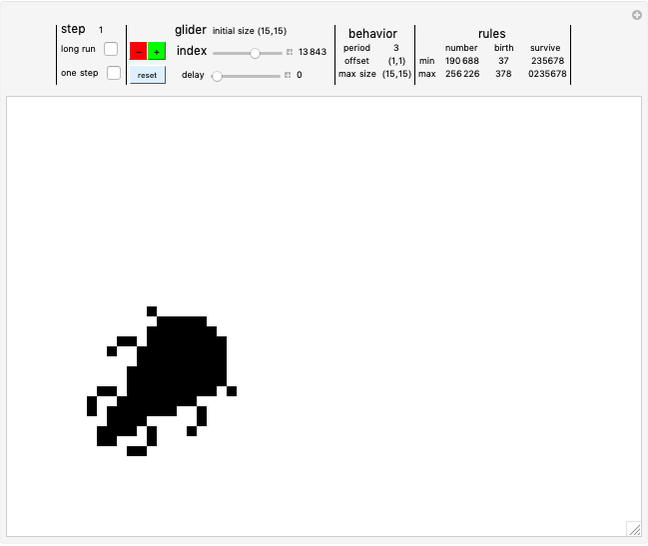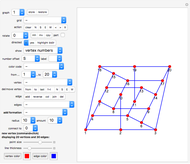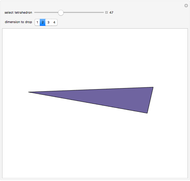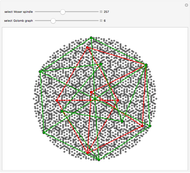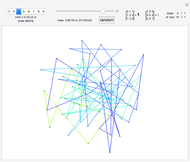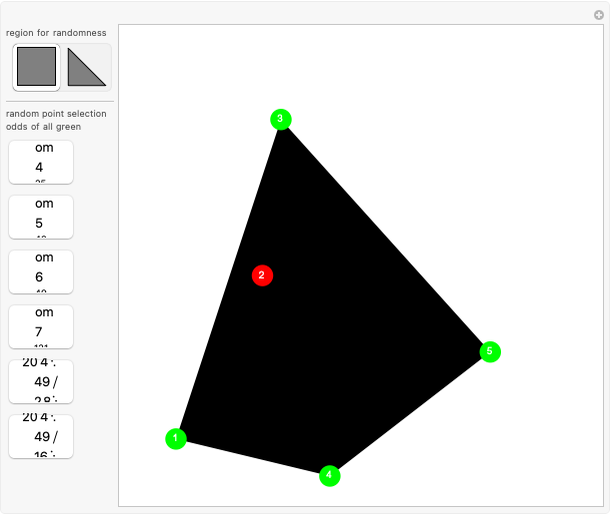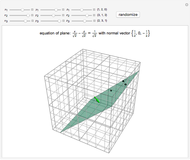Fermat's Magic Cube

Requires a Wolfram Notebook System
Interact on desktop, mobile and cloud with the free Wolfram Player or other Wolfram Language products.
In 1640, Pierre de Fermat sent a letter to Marin Mersenne about an order-4 magic cube with 64 magic sums out of 76 possible. In a perfect magic cube the rows, columns, pillars, space diagonals, and the diagonals of each n×n orthogonal slice sum to the same number. For the order-4 case, numbers 1 to 64 are required. In 1972, Richard Schroeppel proved that a perfect order-4 magic cube was impossible (see Details).
[more]
Contributed by: Ed Pegg Jr (March 2011)
Open content licensed under CC BY-NC-SA
Snapshots
Details
Lemma 1: In a magic square of order 4, the sum of the corners is  .
.
Proof: Add together each edge of the square and the two diagonals. This covers the square entirely, and each corner twice again. This adds to  , so twice the corner sum is
, so twice the corner sum is  .
.
Lemma 2: In a magic cube of order 4, the sum of any two corners connected by an edge of the cube is  .
.
Proof: Call the corners  and
and  . Let
. Let  ,
,  , and
, and  ,
,  be the corners of any two edges of the cube parallel to
be the corners of any two edges of the cube parallel to  . Then
. Then  ,
,  , and
, and  are all the corners of magic squares. So
are all the corners of magic squares. So  ;
;  ;
;  .
.
Let  (= 130) be the sum of a row. Consider a corner
(= 130) be the sum of a row. Consider a corner  . There are three corners connected by an edge to
. There are three corners connected by an edge to  . Each must have the same value
. Each must have the same value  , contradicting the requirement that all values are different. Thus, there is no magic cube of order 4.
, contradicting the requirement that all values are different. Thus, there is no magic cube of order 4.
QED. (Proof by Richard Schroeppel, 1972)
Permanent Citation






